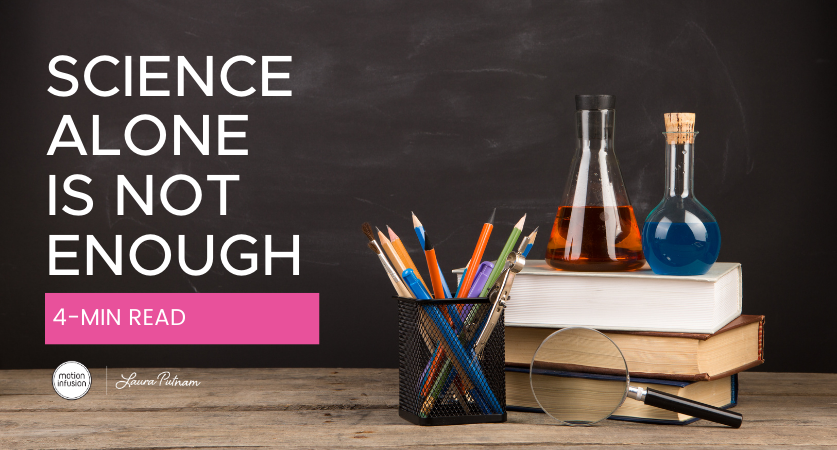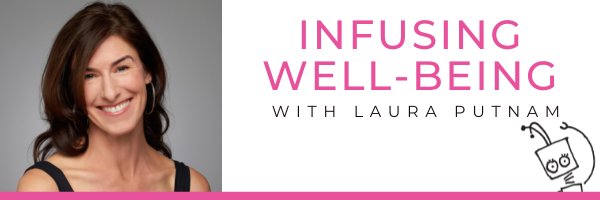|
Can you believe it? We’re halfway through the year. As a midpoint reflection, I peeked at the social content I’ve shared so far this year to identify what’s resonating the most. Here’s what rose to the top: People want to work in environments that enrich their wellbeing.
Let’s break down 4 key learnings of 2024 (so far):
0 Comments
Gallup just released its 2024 State of the Global Workplace report, and its findings are both humbling and hopeful. Humbling in the fact that we’ve got a long way to go. Rates of engagement are still low (only a third of the global workforce is engaged), but hopeful in the fact that organizations can move the needle. Here’s how they can: Create cultures of care. When organizations do, employees experience higher levels of wellbeing — and achieve higher levels of performance. And, big surprise — who plays the biggest role in creating these cultures of care? You guessed it! Managers! Just as I’ve been sharing for a long time: Managers really do hold the key in creating a positive experience at work. Let’s dive into three critical insights for managers: Did you know that June is Employee Wellness Month?
It's the perfect time to prioritize employee wellness across six key domains of wellbeing: physical, emotional, social, financial, career, and community. Here are five ideas pulled directly from our June 2024 Employee Wellness Calendar that you can use to support employee wellbeing. [Grab the full calendar here.] We all know we need to move more to be healthier, happier (one of the best things you can do to reduce stress) and even smarter (one of the best things you can do for your brain!)! And, yet - too often, we tell ourselves, "I'd love to move more, but I don't have enough time." Good news. I'm here to tell you that you always have time if you keep in mind two simple terms: EAT and NEAT. What do they mean, and what's the difference? In the wake of Alexei Navalny's final message to “be scared of nothing,” something clicked in me. Maybe it’s not more positivity we need. Maybe it’s bravery.
As a wellness professional, I've been immersed in and surrounded by calls for positivity. "Name 3 good things! Seek out the good! Keep a positive mindset!" Positivity – or so we’ve been told – is foundational to wellbeing. But positivity often falls short and feels hollow. And if you’re a leader or a manager, a blanket of positivity is not necessarily what your team is craving, especially in a time of so much uncertainty. So, what if we focused more on being BRAVE?
Being brave is especially timely as Women’s History Month wraps up. The common thread amongst the women that we admire year after year – women like Amelia Earhart, Harriet Tubman, Jane Austen, and Shirley Chisholm – is COURAGE. These women inspire us to stand firm in our beliefs, to change lives, and to make waves within our spheres of influence. While we may never be as brave as these women (or, for that matter, as brave as Navalny was), heroes like these women (and men) can teach us how we, too, can live a little more courageously. Here are three ways we can live more bravely: (As a caveat, since it’s Women’s History Month, I’m steering this more toward women. But, men, you can still take note.) Year after year, companies raise the bar on employee goals, success, and performance, but what about their wellbeing programs? Across companies, the “norm” for wellbeing initiatives is low participation, low engagement, and short-term results.
And now, yet another study has come out indicating that – SURPRISE! – workplace wellness programs aren’t working. This time it’s British researcher, William J. Fleming, a fellow at Oxford University’s Wellbeing Research Center, who analyzed survey responses from 46,336 workers at companies that offer wellness programs. Upshot: With one notable exception, employees weren’t healthier – or happier – because of these well-intended programs. And, in some cases, they were worse off. Why aren't wellbeing programs working? Achieving personal wellbeing goals can be challenging, if not impossible. Why? Because more often than not, our environment is literally conspiring against us being healthy.
Think about it:
Therefore, each of us has to become a student of our environment, uncovering all the ways that it's either driving us toward better health or just the opposite. Meanwhile, the big lie in wellness is that better health and wellbeing is all about personal choices. But, as recent studies show, culture shapes our health. Therefore, achieving better health and wellbeing as individuals - aka, ME AT MY BEST® - begins with what we, as communities, choose to do. In essence, community wellbeing = the surprising path to wellbeing for all. What major trends will shape workplace wellness in 2024?
As we enter a new year, workplace wellness will continue to evolve — from innovative technologies to a deeper focus on mental health. Here are four major predictions that will redefine workplace wellness in the year to come. "Never doubt that a small group of thoughtful committed individuals can change the world. In fact, it’s the only thing that ever has." — Margaret Meade In the scheme of things, we, as an industry of workplace wellness professionals, are a small group of thoughtful committed individuals who really could change the world. We could start a movement that would literally and measurably change the health and well-being of people around the globe. We could positively change the health and well-being for people in every nation, in every community, in every workplace, and in every team. But, if we are actually going to do that, science is not enough. Yes, we need science to inform, to diagnose and to problem solve, but we need art to move people. We’ve all been guilty of mindlessly scrolling through our phones during work breaks, thinking it will help us relax and recharge. But just the opposite is true. Studies show that this popular break activity ironically further exhausts us. If you’re guilty as charged, you’re not alone. In fact, according to a recent report from Aflac, 97% of us are checking our phones during our breaks.
The truth is that not all breaks are created equally. Some are definitely better than others, as measured by a team of Canadian researchers in a systematic review of over 80 studies on workplace breaks. For example, taking 15 minutes to go for a walk can significantly boost your productivity and energy compared to taking a 15-minute coffee break at your desk. The takeaway is that we need to be mindful of choosing the right activities during our breaks to maximize our effectiveness at work. It’s time to shift our mindsets from “managing our time” to “managing our energy” to maximize our productivity, creativity, and capacity to work well with others. Here are five tips to help you optimize your work breaks so that you’ll return to work feeling fully recharged and ready to dive back into the tasks at hand. |
Follow laura on social:Website by Brand Genie
|
join laura's monthly newsletter
|












